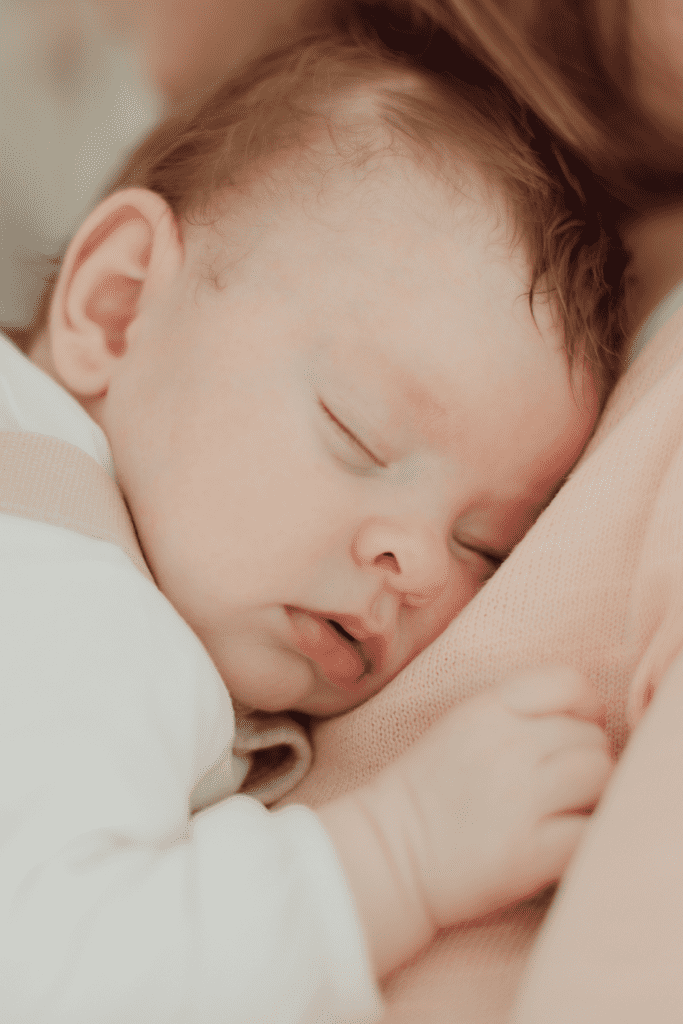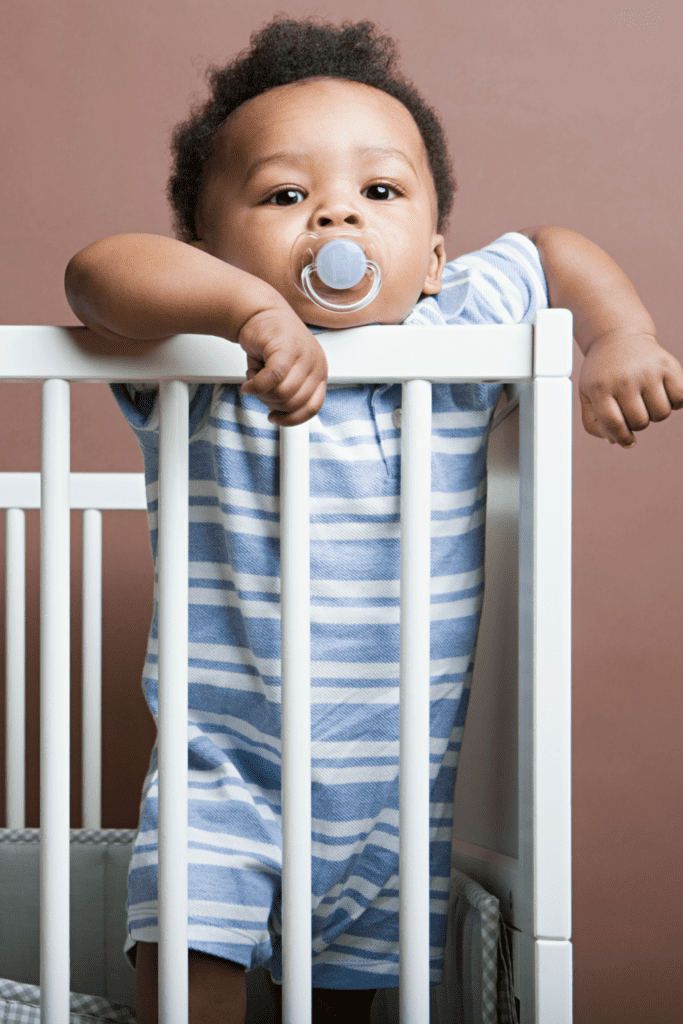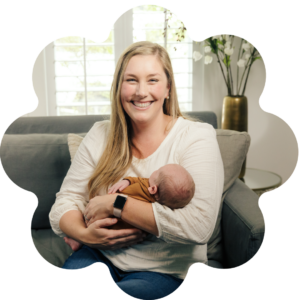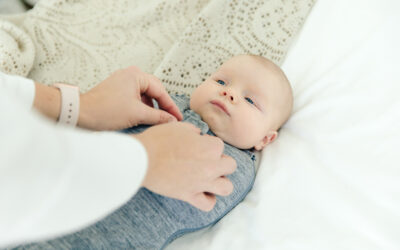
Does your baby refuse to sleep in their crib? Do they seem to only want to visit dreamland while on your chest? First of all, it’s totally acceptable and encouraged to let your little one sleep on your chest – this can be amazing for bonding. However, this just isn’t practical for full, quality sleeps. If you’re wondering how to get baby to sleep in a crib, I’ve got some tips for you.
Check The Two Cs
Make sure your baby is dressed in clean, comfy clothes and has a clean diaper on. A dirty diaper and uncomfortable clothes are just going to make your little one frustrated, which is not conducive for sleep.
Try A Swaddle or Sleep Sack
One of the reasons why your baby might only want to sleep while being held by you is because it’s soothing.

Dr. Polly Moore, director of sleep research at PAREXEL Early Phase in Glendale, California, explained to Parents, “Young infants understand the world in a very sensory fashion, which is why they find the warmth and softness of your arms so soothing…research shows that a baby can tell if she’s being held by one of her parents or someone else. She knows what Mommy feels and smells like.”
To bring this comfort with them into their crib, swaddle them or, if they’re three months or older, try a sleep bag.
Kyte makes one of my favorite sleep bags! It’s super soft and breathable, and is an amazing alternative to a blanket (don’t put your baby to sleep with a blanket, as it could increase the risk of SIDS).

Create An Optimal Sleep Environment
It’s hard to get good shut-eye when there are bright lights around and noise distracting you. It’s the same for babies – they need an optimal sleep environment to promote better sleep.
Blackout curtains or blinds to make the room dark and a white noise machine to drown out any outside sounds can help make their nursery more comfortable.
Find tips for setting up your baby’s nursery here.
Help Them Get Into A Deep Sleep
Most babies (12 weeks or younger) are unable to soothe themselves into a deep sleep. This is where the five S’s come in: Swaddle, side-stomach position, shush, swing, and suck.
The side-stomach position means holding your baby on their tummy or side. Don’t put your baby on their side or on their stomach in their crib to sleep! Babies need to sleep on their backs to decrease the risk of SIDS.

When a baby is in the womb, there are tons of noises around them. Creating a shushing sound can help your baby calm down as they are reminded of the womb.
Movement can also calm your little one. Gently swinging them from side to side while supporting their head and neck can help them drop off to sleep.
You can also give your baby a pacifier to suck or let them suck on your clean pinky. Healthline explains, “Babies enjoy sucking and are calmed by sucking even without feeding. It’s called non-nutritive sucking.”
You will know when your newborn is in a deep sleep when their mouth is slightly open and their head is almost “falling” back. Then put them in their crib.

Try Get Two Naps A Day In The Crib
Lay your newborn down in their crib for one or two naps a day to help them get used to sleeping in their crib.
Napping is an essential part of your baby’s sleep schedule. No naps does not equal longer, deeper nighttime sleep. In fact, it’s the opposite. If a baby doesn’t nap, when it comes to their nighttime sleep, they’ll be overstimulated and fussy, making it difficult for them to fall asleep.
For baby nap tips, click here.
It may take them some time to get used to the transition, so start with a few naps in their crib. You can steadily increase the frequency as they grow to love it! Remember, there’s no magic trick to baby sleep. It’s a process that takes time and support.
If you’d like online support, you can take the Babies Made Simple Course. This will help you navigate naps, routines, sleep regressions, and get them to sleep through the night.



